Exploring Different Types of Computer Operating Systems
Operating systems serve as the backbone of modern computing, bridging the gap between hardware, software, and users. They manage resources, streamline processes, and provide a seamless interface for interaction. Since the 1980s, the evolution of these systems has revolutionized how humans interact with devices.
Today, operating systems come in various forms, from widely-used platforms like Windows, macOS, and Linux to specialized systems such as real-time and distributed environments. Each category is designed to meet specific needs, whether for personal use or enterprise-level applications.
With insights from PCMag’s extensive testing and educational programs like the University of Phoenix IT curriculum, understanding these systems is more accessible than ever. As technology advances, the integration of AI into operating systems is becoming increasingly critical, shaping the future of computing.
For a deeper dive into how these systems function, explore this comprehensive guide.
What Is an Operating System?
An operating system is the core software that powers every computing device. It acts as a bridge between hardware and applications, ensuring smooth operation. Without it, devices would be unable to perform even the simplest tasks.
Definition and Core Functions
At its core, an operating system manages resources like CPU, memory, and storage. It coordinates processes, allowing multiple applications to run simultaneously. This ensures efficient use of hardware and prevents conflicts.
The architecture of an operating system consists of two main components: the kernel and the shell. The kernel, often written in C or C++, handles low-level tasks like memory management. The shell, typically built with Java, provides the user interface for interaction.
How Operating Systems Work
Operating systems use advanced algorithms to manage resources. For example, memory management involves allocation techniques and virtual memory. This ensures applications have enough space to run without crashing.
Process scheduling is another critical function. Systems like Windows and Linux use time-sharing and priority queues to allocate CPU time. This allows multiple tasks to run smoothly, even on limited hardware.
File systems are organized hierarchically, making it easy to store and retrieve data. Modern UIs, like Windows 11’s Snap Layouts and Ubuntu’s GNOME desktop, enhance user experience. These interfaces simplify navigation and multitasking.
| Interface Type | Example | Use Case |
|---|---|---|
| CLI | macOS Terminal | Advanced tasks and scripting |
| GUI | Windows Explorer | Everyday navigation and file management |
The Purpose of an Operating System
The primary role of an operating system is to act as the central hub for managing hardware and software interactions. It ensures that all components work together seamlessly, providing a stable environment for users to run applications and access data.
Managing Hardware and Software
An operating system controls hardware resources like the CPU, memory, and storage. It also manages software applications, ensuring they run efficiently without conflicts. This coordination is essential for multitasking and optimizing system performance.
Providing a User Interface
A key function of an operating system is to offer a user-friendly interface. Whether it’s the Windows Taskbar, macOS Dock, or ChromeOS Shelf, these interfaces simplify navigation and make it easy to access applications and data. Learn more about how operating systems work to enhance user experience.
Ensuring Security and Stability
Security is a top priority for operating systems. Features like Windows Defender and macOS Gatekeeper protect against threats, while regular updates maintain system stability. These measures ensure that users can work confidently without compromising their data.
What Are the Types of Computer Operating Systems?
Modern computing relies on diverse platforms to meet specific needs. Each system is designed for unique tasks, from handling payroll to enabling real-time medical imaging. These platforms ensure efficiency and reliability across industries.
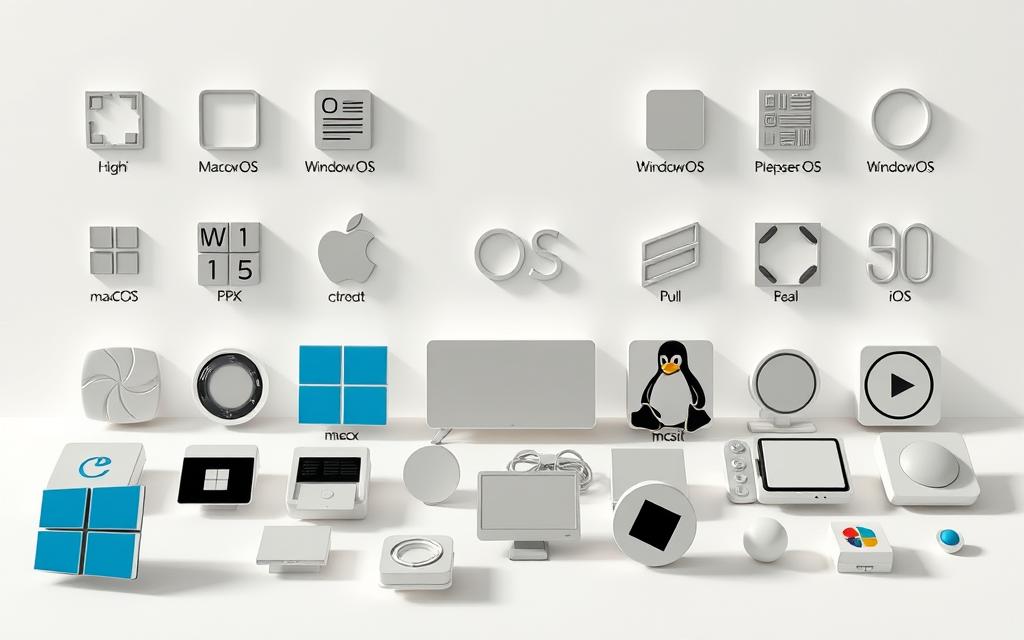
Batch Processing Platforms
Batch systems handle repetitive tasks like payroll and data entry. They process large volumes of data without user interaction. This makes them ideal for industries requiring high efficiency and accuracy.
Multi-User Access Platforms
Time-sharing systems allow multiple users to access resources simultaneously. Unix is a prime example, offering robust performance metrics. These platforms are essential for environments like universities and research labs.
Distributed Resource Management
Distributed systems manage resources across multiple servers. They power critical applications like air traffic control and cloud computing. Load balancing ensures optimal performance and reliability.
Network-Centric Platforms
Network systems integrate features like Active Directory and LDAP. They streamline user management and enhance security. These platforms are widely used in enterprise environments.
Real-Time Task Execution
Real-time systems are crucial for time-sensitive tasks. Hard RTOS ensures strict deadlines, while soft RTOS offers flexibility. Linux’s PREEMPT_RT patch enhances real-time capabilities for applications like medical imaging.
| Platform | Key Feature | Use Case |
|---|---|---|
| Batch | Automated processing | Payroll systems |
| Time-Sharing | Multi-user access | Educational institutions |
| Distributed | Load balancing | Cloud computing |
| Network | Active Directory | Enterprise environments |
| Real-Time | Deadline management | Medical imaging |
Microsoft Windows: The Most Popular OS
Microsoft Windows has dominated the computing landscape for decades, offering versatility and innovation. From its early days to the latest updates, it has consistently adapted to meet the needs of users worldwide. Today, it powers millions of devices, from personal laptops to enterprise servers.
History and Evolution
Launched in 1993, Microsoft Windows has undergone significant transformations. Starting with Windows 3.1, it introduced graphical interfaces that revolutionized computing. Windows 95 brought the Start menu, while Windows XP became a household name for its stability and ease of use.
Windows 7 further refined the experience, and Windows 10 introduced a unified platform for PCs and tablets. The latest version, Windows 11, features Fluent Design, a modern aesthetic with rounded corners and intuitive layouts. Its 3-5 year release cycle ensures continuous innovation.
Key Features and Use Cases
Microsoft Windows offers a range of features tailored for diverse applications. For enterprises, Azure AD integration and Group Policy streamline management. Gamers benefit from DirectX 12 Ultimate and Auto HDR, enhancing visual performance.
The Windows Subsystem for Linux (WSL) allows developers to run Linux environments natively. Copilot AI integration in business workflows boosts productivity. These capabilities make Windows a versatile choice for various industries.
Who Should Use Windows?
Windows is ideal for small and medium-sized businesses (SMBs) requiring Active Directory and Office 365. Its user-friendly interface suits both beginners and advanced users. Gamers and developers also find it appealing due to its robust performance and compatibility.
| Edition | Key Feature | Best For |
|---|---|---|
| Home | Basic functionality | Personal use |
| Pro | Advanced security | Small businesses |
| Enterprise | Azure AD integration | Large organizations |
macOS: The Apple Ecosystem
macOS stands as a cornerstone of the Apple ecosystem, blending innovation with seamless integration. Since its Unix-based foundation in 1996, it has evolved into a powerful platform optimized for Apple’s M-series chips. This system is designed to enhance productivity, creativity, and security, making it a favorite among professionals and casual users alike.
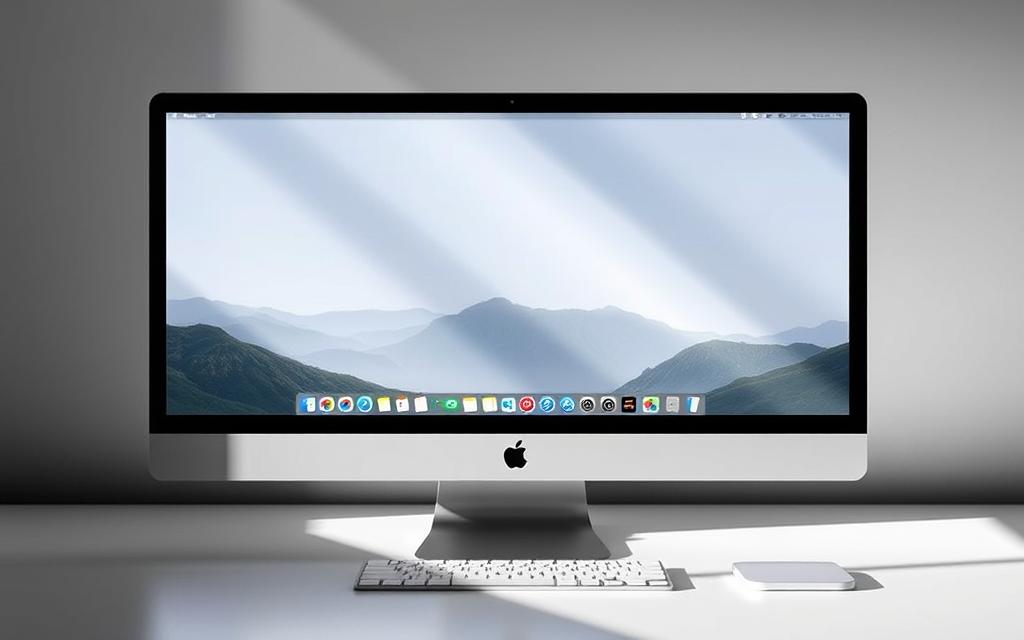
Development and Unique Features
Built on the Darwin kernel, macOS leverages the Swift API ecosystem for robust performance. Its interface is intuitive, offering features like Final Cut Pro exclusivity and iPhone Mirroring in Sequoia. These tools streamline workflows, especially for media professionals.
The T2 Security Chip ensures advanced protection, safeguarding files and applications. Developers benefit from the Xcode environment, which supports a wide range of programming languages. This makes macOS a versatile choice for both creative and technical tasks.
Integration with Apple Devices
macOS excels in integrating with other Apple devices through Continuity features. Handoff allows seamless transition between devices, while the Universal Clipboard lets users copy and paste across platforms. These integrations enhance productivity and create a unified experience.
ProRes acceleration in media workflows ensures faster rendering and editing. Whether using a Mac Studio or MacBook Pro, users can handle demanding creative workloads with ease. This makes macOS ideal for video editors, music producers, and UX designers.
Best for Creatives and Media Professionals
macOS is tailored for creatives, offering tools like Final Cut Pro and Logic Pro. Its software ecosystem supports high-performance tasks, from video editing to music production. The interface is designed to simplify complex workflows, making it accessible for both beginners and experts.
For those in the tech industry, macOS provides a stable and secure environment for development. Its compatibility with a wide range of applications ensures flexibility and efficiency. Whether you’re a professional or an enthusiast, macOS delivers a premium experience.
Linux: The Open-Source Powerhouse
Linux has revolutionized the tech world with its open-source foundation. Unlike proprietary systems, it offers unparalleled flexibility and control, making it a favorite among developers and enterprises alike. With over 600 active distributions, Linux caters to diverse needs, from personal computing to enterprise-level servers.
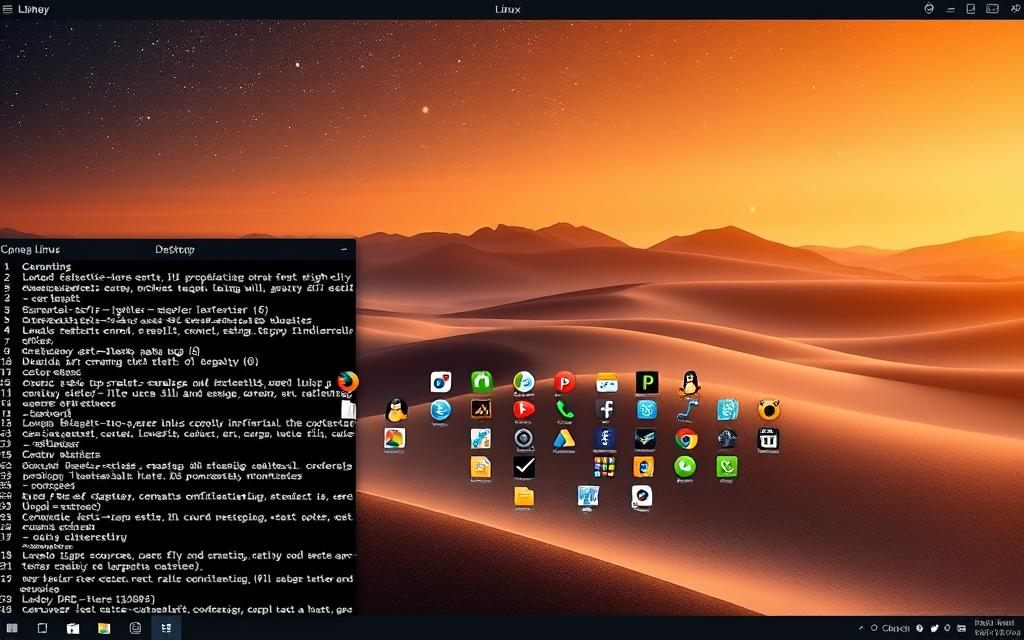
Overview of Linux Distributions
Linux distributions, or distros, come in various flavors to suit different use cases. Popular families include Debian (Ubuntu) and Red Hat Enterprise Linux (RHEL). Ubuntu, with its GNOME desktop, is ideal for beginners, while Fedora, using KDE, appeals to advanced users.
Enterprise environments often rely on RHEL for its stability and support. For those seeking lightweight options, distros like Arch Linux and Manjaro offer minimalistic setups. Each distro provides unique tools and features, ensuring there’s a Linux system for everyone.
Customizability and Flexibility
One of Linux’s standout features is its customizability. Users can tailor every aspect of their system, from the kernel to the desktop environment. Popular desktop environments include KDE Plasma for a sleek, modern look and Xfce for lightweight performance.
Package management varies across distros. Debian-based systems use apt, while RHEL-based ones rely on yum. Arch Linux employs pacman, offering a streamlined approach to software installation. Containerization tools like Docker and Podman further enhance Linux’s flexibility, making it a top choice for DevOps engineers.
Ideal for Tech-Savvy Users
Linux is a go-to system for tech enthusiasts and professionals. Its open-source nature allows for deep customization, making it perfect for IoT developers and embedded systems. The kernel can be modified to meet specific hardware requirements, ensuring optimal performance.
Linux also dominates the supercomputing arena, powering over 90% of the world’s fastest systems, as per TOP500 data. Its robust security features and low resource consumption make it ideal for servers and enterprise applications. Whether you’re a developer, sysadmin, or hobbyist, Linux offers the tools and control you need to succeed.
Other Notable Operating Systems
Beyond the mainstream platforms, several operating systems cater to specialized needs, offering unique features and functionalities. These systems are designed to address specific use cases, from mobile devices to cloud-based computing and server management. Let’s explore three of the most notable ones: Android, Chrome OS, and Ubuntu.

Android OS for Mobile Devices
Android, built on the Linux kernel, dominates the mobile landscape. Its architecture includes the ART runtime for efficient app execution and the HAL layer for hardware abstraction. This makes it highly adaptable across devices.
Android Enterprise offers robust MDM solutions, ideal for businesses managing multiple devices. Its open-source nature allows manufacturers to customize the OS, ensuring compatibility with a wide range of hardware. Whether for personal use or enterprise applications, Android remains a top choice for mobile platforms.
Chrome OS for Cloud-Based Computing
Chrome OS is designed for cloud-centric workflows, making it a favorite in educational and professional settings. It supports Linux and Android containers, offering flexibility for developers and users alike. ChromeOS Flex extends its capabilities to older PCs, revitalizing outdated hardware.
Google Classroom integration enhances its appeal in education, while its lightweight design ensures fast performance. For those relying on web-based applications, Chrome OS provides a seamless and secure experience.
Ubuntu for Beginners and Servers
Ubuntu, a user-friendly Linux distribution, is perfect for both beginners and advanced users. Its LTS releases come with 5-year support cycles, ensuring stability for servers and personal use. Tools like Juju and MAAS simplify server management, making it a go-to for web hosting.
Ubuntu’s Snap and Flatpak packaging systems offer easy software installation and updates. Whether you’re setting up a home lab or managing enterprise servers, Ubuntu delivers reliability and flexibility.
| Platform | Primary Use Case | Key Feature |
|---|---|---|
| Android | Mobile devices | ART runtime, HAL layer |
| Chrome OS | Cloud-based computing | Linux and Android containers |
| Ubuntu | Servers and personal use | Juju, MAAS, Snap packaging |
Conclusion
Choosing the right platform depends on your specific needs, hardware, and expertise. Whether you prioritize security, customizability, or seamless integration, there’s a solution for every user. Proprietary systems like Windows and macOS offer polished experiences, while open-source options like Linux provide unmatched flexibility.
Emerging trends, such as Rust integration in kernels and quantum computing, are shaping the future of technology. Enterprises must prioritize regular security updates to protect sensitive data and maintain system integrity. Staying informed about these advancements ensures you’re prepared for the next wave of innovation.
For those looking to deepen their knowledge, certifications like CompTIA or LPI can be invaluable. Additionally, understanding how to check your system’s version helps optimize performance and compatibility. As technology evolves, continuous learning remains key to leveraging the full potential of modern platforms.
FAQ
What is the primary function of an operating system?
An operating system manages hardware resources, runs software applications, and provides a user interface for seamless interaction with devices.
How does Microsoft Windows stand out among other operating systems?
Microsoft Windows is widely used due to its user-friendly interface, extensive software compatibility, and regular updates that enhance security and performance.
Why is macOS preferred by creative professionals?
macOS offers robust integration with Apple devices, advanced multimedia tools, and a stable environment tailored for design, video editing, and creative workflows.
What makes Linux a popular choice for tech-savvy users?
Linux is open-source, highly customizable, and supports a wide range of distributions, making it ideal for developers and those seeking flexibility.
What are the advantages of using a network operating system?
Network operating systems enable efficient resource sharing, centralized management, and enhanced security for multiple devices connected to a network.
How does a real-time operating system differ from other types?
Real-time operating systems prioritize timely task execution, making them suitable for applications requiring precise timing, such as robotics and industrial automation.
Can Chrome OS replace traditional operating systems for everyday use?
Chrome OS is ideal for cloud-based computing, offering fast performance, seamless updates, and integration with Google services, but it may lack advanced features for heavy software use.
What are the security features of modern operating systems?
Modern operating systems include built-in firewalls, encryption, user authentication, and regular security patches to protect data and prevent unauthorized access.
How does Ubuntu cater to both beginners and server administrators?
Ubuntu provides an intuitive interface for beginners while offering powerful tools and scalability for server management, making it versatile for various users.
What is the role of a distributed operating system?
Distributed operating systems manage multiple machines as a single system, enabling efficient resource utilization and improved fault tolerance across networks.


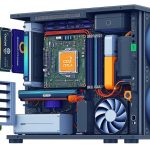


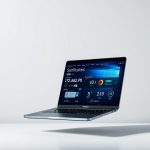





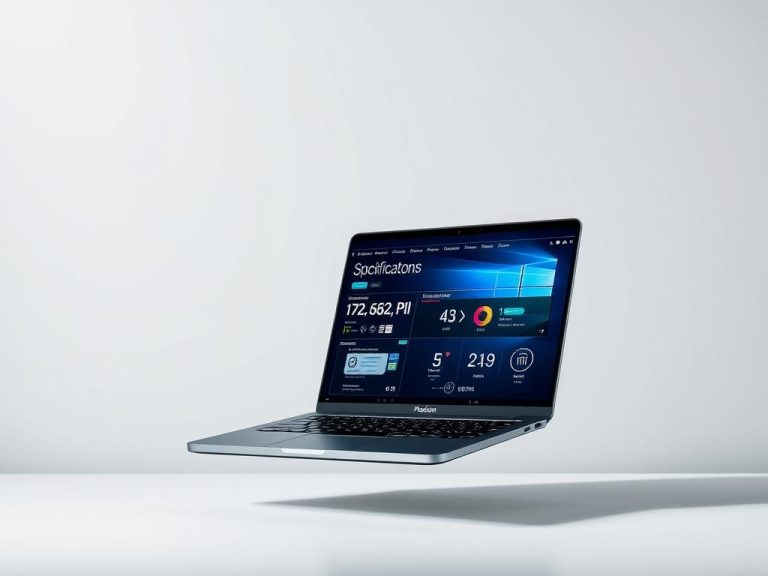
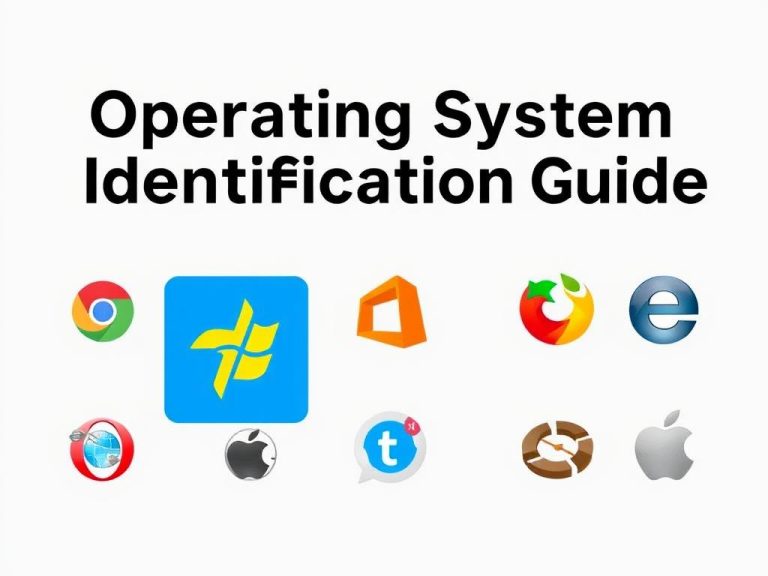
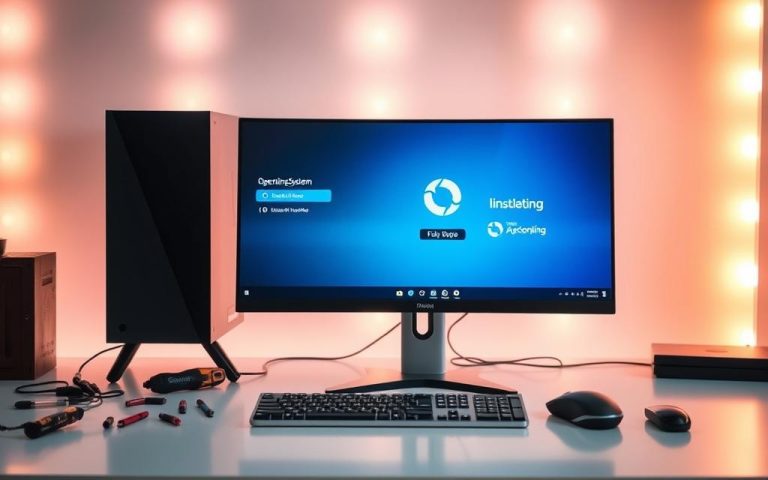

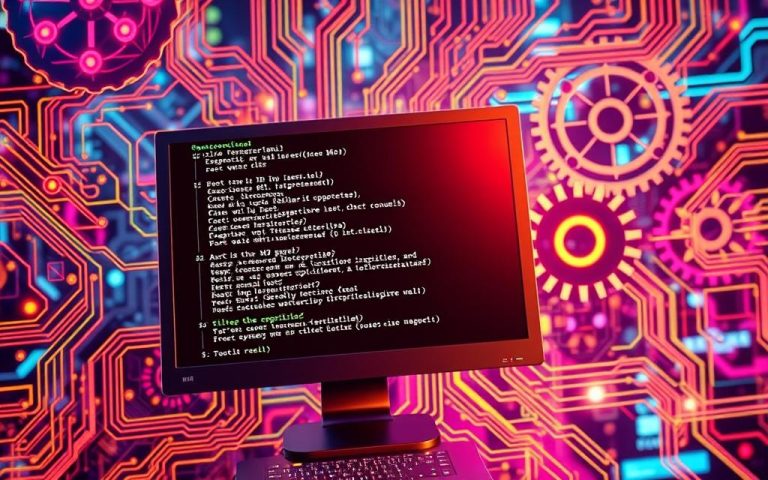
Some truly nice and utilitarian information on this site, besides I think the layout has fantastic features.